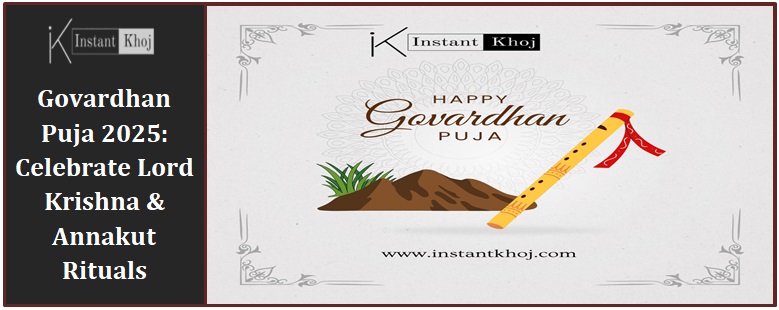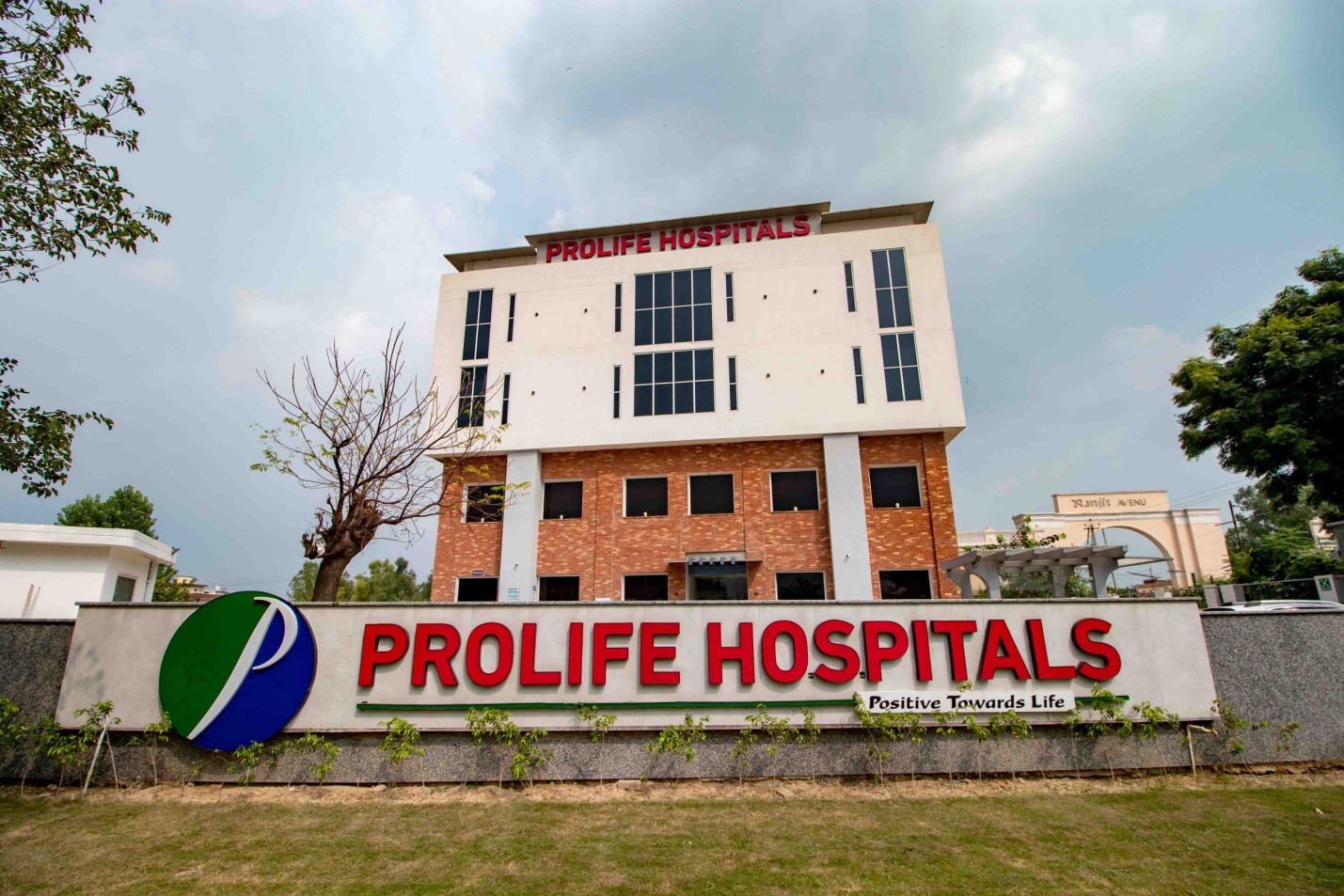Table of Content
Govardhan Puja, also known as Annakut, is a significant Hindu festival celebrated a day after Diwali. It honors Lord Krishna and commemorates the legendary event when he lifted the Govardhan Hill on his little finger to protect the villagers of Vrindavan from heavy rains sent by Lord Indra, the god of rain and thunderstorms.
In 2025, Govardhan Puja will be celebrated on Tuesday, 21st October, marking the fourth day of the five-day Diwali festival. The festival symbolizes devotion, gratitude, and respect for nature, and is celebrated with rituals, offerings, community gatherings, and devotional songs.
Significance of Govardhan Puja
Devotion to Lord Krishna
According to Hindu mythology, the people of Vrindavan initially worshiped Lord Indra to ensure timely rains for crops. Lord Krishna convinced them to worship Govardhan Hill, representing nature and sustenance. Angry at this, Indra sent torrential rains. Krishna lifted the hill to protect the people and their cattle, symbolizing faith and divine protection.
Gratitude Toward Nature
The hill represents nature and its resources, worshiped to show gratitude. People prepare a variety of vegetarian dishes called Annakut, expressing thankfulness for the abundance of food and blessings from nature.
Spiritual Lessons
Govardhan Puja teaches trust in the divine, respect for the environment, and living harmoniously with nature. Faith and devotion can overcome obstacles in life.
How Govardhan Puja is Celebrated
- Creating the Miniature Govardhan Hill: Devotees create a miniature hill using cow dung, clay, or mud, decorated with flowers, leaves, and miniature cows or Krishna idols. Symbolizes protection, sustenance, and nature.
- Preparing Annakut (Mountain of Food): Annakut is a collection of vegetarian dishes, sweets, fruits, and grains offered around the miniature hill or in front of Krishna idols. Represents gratitude for earth’s resources and divine blessings.
- Worship and Rituals:
- Temple Celebrations: Temples, especially in North India, arrange grand Annakut displays. Devotees offer prayers, receive blessings, and take part in community events.
- Cultural Activities: Folk music, dances, and dramas depict Krishna’s life and lifting of Govardhan Hill. Strengthens community bonds and preserves cultural heritage.
Regional Variations
- North India: Worship the hill, cows, and prepare Annakut. Temples display elaborate food arrangements.
- Rajasthan and Gujarat: Decorate miniature hills and perform devotional music and dances.
- Maharashtra: Focus on feeding cows and the poor, highlighting charity and compassion.
- South India: Some regions celebrate Annadanam (food offering) at Krishna temples.
Govardhan Puja 2025 Date and Timing
- Date: Tuesday, 21st October 2025
- Lunar Day (Tithi): Shukla Paksha Dwitiya
- Auspicious Time (Muhurat): Morning and early afternoon
- Main Activities: Annakut preparation, decorating Govardhan Hill, performing rituals, visiting Krishna temples
The morning or early afternoon is ideal for performing the puja to invite blessings and prosperity.
Frequently Asked Questions (FAQs)
Q1: What is Govardhan Puja?
A1: A Hindu festival celebrated a day after Diwali to honor Lord Krishna and his lifting of Govardhan Hill to protect Vrindavan villagers.
Q2: Why is it called Annakut?
A2: Annakut means “mountain of food”. Devotees prepare a variety of vegetarian dishes as offerings.
Q3: Who is worshiped during Govardhan Puja?
A3: Lord Krishna, Govardhan Hill, and sometimes cows.
Q4: What rituals are performed?
A4: Creating miniature hill, offering Annakut, lighting diyas, chanting prayers, singing bhajans, visiting temples.
Q5: Where is it mainly celebrated?
A5: Popular in North India, also observed in Maharashtra, Gujarat, and some South Indian regions.
Q6: Can non-Hindus participate?
A6: Yes, by learning about its significance, preparing Annakut, and showing gratitude toward nature.
Q7: Why are cows important?
A7: Sacred in Hinduism, representing prosperity, sustenance, and divine blessings. Feeding or worshiping cows is auspicious.
Spiritual and Cultural Lessons
- Faith and Devotion: Krishna lifting the hill shows faith in the divine can protect from challenges.
- Respect for Nature: Worshiping the hill and preparing Annakut reminds us to value resources and live sustainably.
- Community Bonding: Singing bhajans, performing rituals, visiting temples strengthen social and cultural ties.
- Simplicity and Gratitude: Emphasizes pure devotion and gratitude over material wealth, inspiring inner happiness and spiritual growth.
Conclusion
Govardhan Puja is a celebration of devotion, gratitude, and protection. Honors Lord Krishna, teaches respect for nature, and fosters community and family bonding.
Celebrated on 21st October 2025, it reminds us that faith, gratitude, and devotion are true sources of happiness and prosperity. Through rituals like Annakut, Govardhan Hill worship, and devotional prayers, devotees learn to live harmoniously with nature and each other.
Govardhan Puja is more than a religious festival; it is a celebration of life, faith, and environmental respect.
Also Read:
RBI Keeps Repo Rate Unchanged at 5.5%: What It Means for You
YouTube Premium Lite India Launch — Affordable Ad-Free Plan
Follow Blog’son Instantkhoj for more latest stories and trending topics.




